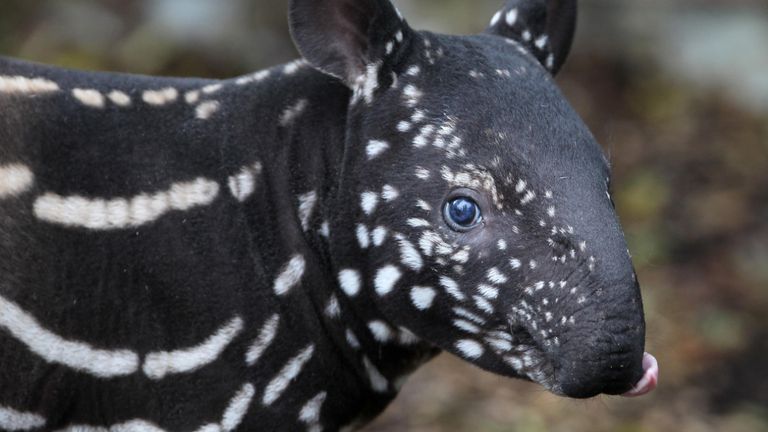Adorable Animal Babies That Grow Up Looking Completely Different
When animals are babies, of course they look different, right? They’re smaller for one, but that isn’t where the disparities end. Some species vary so wildly from the adults they’ll grow to become, you might not even know what they are just by looking! So take a peek at the before and after pictures of these cuties — it’s easier to spot the differences than to see the similarities!
Silvered leaf monkeys
This beautiful baby with his amazing eyebrows is Elke, a baby François langur, or leaf monkey, born at Sydney’s Taronga Zoo in 2009. This happened much to the delight of everyone there, considering how endangered the species is. But who could do anything to hurt such precious little treasures?
Certainly not the females of the monkey’s social group, that’s for sure. They have a very communal way of childcare, where each female looks after all the children in the group until they’re six or maybe seven and can fend for themselves.
Communal habits
The most obvious transformation that silvered leaf monkeys go through is their titular color change, going from golden-furred babies to distinguished salt-and-pepper primates. As you probably guessed from the name, leaf monkeys spend most of their time in the relatively safety of treetops eating leaves, which get fermented in their stomachs with a special bacteria.
And while the name ‘monkey’ suggests mischief, leaf monkeys are actually quite shy. They tend to keep away from human settlements and run off when they’re spotted. Even among different social groups aggression is lower than you might expect, with different families often living close together despite the odd territorial conflict.
Tapirs
Whether they’re adults or babies, the adorable trunked tapirs have a winning appearance, but their babies come with extra patterns! That’s right, young tapirs have a different coloration to their parents: they’re brown and covered with white spots and stripes. It’s all the better to camouflage them in their native bamboo- forest habitat.
“But bamboo forests are green,” we hear you cry. Well while that’s true, when sunlight filters through the branches overhead, the dappling beams produce a similar pattern to the markings on the baby tapir’s fur. Adult tapirs take on different colors depending on what part of the world they’re from, but tapir calf colors remain consistent.
They ‘nose’ a trick or two…
After about six months, tapir calves lose the distinctive fur patterns, but one thing remains unchanged: their snoot! They have prehensile trunks, which means they can manipulate objects. In the tapir’s case, this is food: fruit, leaves, and berries are all on the menu.
And of course, after a meal comes the inevitable consequence which they… err… displace in other areas. In fact, tapirs are so good at fertilizing their homes that these poop machines are nicknamed “gardeners of the forest.” They eat a lot, so that’s a huge amount of seeds deposited back into the forest floor.

